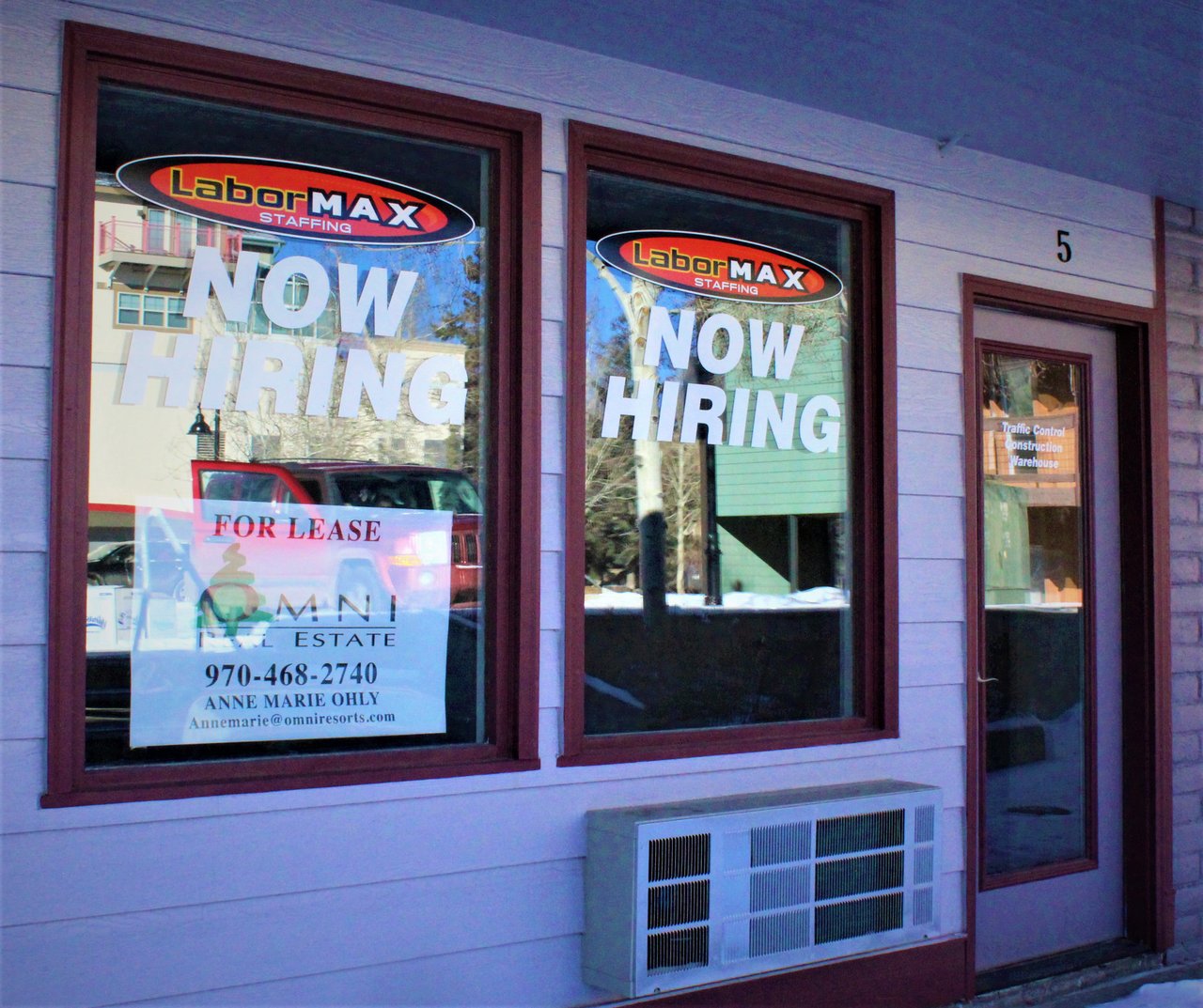SILVERTHORNE, Colo. (CN) — Mid-December is usually the busiest time of year for Colorado’s ski country, but the Qdoba in Silverthorne has only three people working.
Amid banners advertising job benefits, unemployment in many mountain communities remains well over the state 5.1% average including 7.6% in San Miguel County, home of Telluride, and 6.1% in Aspen’s Pitkin County.
Officially unemployment dropped to 3.9% in Summit County, where Silverthorne sits beneath Keystone and Arapahoe Basin. Nevertheless, the Federal Reserve Bank of St. Louis estimated Colorado’s U-6 rate, which includes part-timers and people marginally attached to the workforce, remained 12.3% through the second quarter of 2021.
With 20 workers, Qdoba could be open for breakfast, lunch and dinner, seven days a week. With just three people, however, the burrito bar is only open five days a week, from 10:30 a.m. - 2 p.m., with slightly longer hours on Friday to catch the evening crowd.
“It's just a struggle right now trying to get people in here,” said general manager Matthew Spaulding behind the register. “Summit County is hurting, and everyone is hiring.”
In the same strip mall, Cheba Hut is running with 32 workers, marking its best year yet, but also leaving the toasted sandwich shop only three-quarter staffed.
“What we came to realize is the name of the game now is benefits and what you can do for your employees,” said general manager Richard Jones. “Within the last year, we've increased all that and we now offer full health, dental, vision insurance and a 401(k).”
Besides starting wages at $15 an hour, Jones said, “having a fun place for people to work is important so people want to show up to work. That’s especially true up here. All they have to do is toss a rock for the next job.”
These days Cheba Hut and Qdoba aren’t just competing for customers, they’re competing for would-be workers who are applying to everywhere on the block.
“We haven't had so many unfilled positions as we do now,” said Margaret Bowes, executive director of Colorado Association of Ski Towns. “But it all comes down to housing. In resort communities, housing has been unattainable.”

When the Covid-19 pandemic shut everything down in March 2020, many mountain towns worried the tourism economies would tank. But when they reopened in June, visitors came in droves.
Part-time residents moved into vacation homes. Stir-crazy city slickers took road trips and booked Airbnbs. Instead of bottoming out, the housing market reached new peaks.
“Affordability has been an issue as long as there's been ski towns. They're typically expensive places to live with lower-paying jobs, but since the pandemic the stresses on workforce and affordable housing have only increased,” Bowes said.
Before 2020, most of the communities’ full-time residents worked in the county and earned less than $150,000 annually, according to the 2021 Mountain Migration report. Conversely, 70% of 2020 newcomers and 80% of part-time residents reported earning more than $150,000 annually.
Three-quarters of residents who worked outside the county make more than $300,000 annually, nearly 10 times the wages of a full-time employee earning $15 an hour.
“The bulk of the jobs that it takes to sustain a service economy here, whether it's construction, maintenance, housekeeping or restaurant jobs, those jobs aren't even close to competing in that $150,000 and up income,” said Jon Stavney, executive director of the Northwest Colorado Council of Governments.
In addition to welcoming new wealthier residents, many mountain communities experienced tourism booms during the pandemic instead of the expected bust. The Mountain Migration Report recorded gross sales volume rising 64% across Routt, Grand, Eagle, Summit, Pitkin and San Miguel counties, from $8.2 billion in 2019 to $13.4 billion in 2020.
While beneficial to the local economy, the influx of visitors further strained housing stock. Empty units that might attract workers instead became profitable short-term rentals through sites like Airbnb and VBRO.










